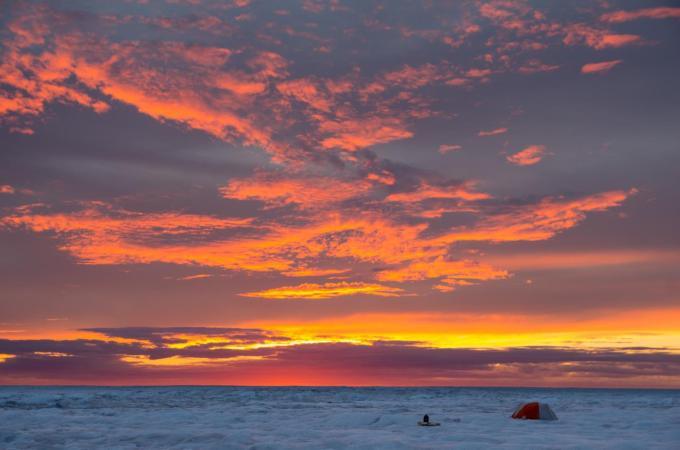

The pockets of oil trapped between Earth’s strata are finite, at least on a human time scale. It takes millennia of immense pressure and heat to transform ancient remains into fossil fuels. Economists and geologists are still debating when, whether, and how we’ll run out—the answer is a moving target. In the meantime, here’s our best guess as to how much of Earth’s milkshake we’ve got left to drink.
The planet’s top producers:
- Venezuela: 301 billion barrels
- Saudi Arabia: 266 billion barrels
- Canada: 170 billion barrels
- Iran: 158 billion barrels
- Iraq: 143 billion barrels
Though the U.S. became the top oil producer in 2018, our proven reserves didn’t crack the top five.
The United States of Oil
Proven reserves: 35.2 billion barrels
Oil companies measure reserves based on how likely they are to go get them. Proven reserves are those they already have the tech and infrastructure to extract. Though the rate at which they find new troves has slowed, modern tech allows for locating and tapping into hydrocarbons that were inaccessible decades ago.
RELATED VIDEO:

Unproven but probable reserves: up to 249 billion barrels
These deposits could be in locations too remote or in rock too solid to drill. Corporations might get at them in the future if new tech (and barrel prices) allow. Much of the crude in the Permian Basin in Texas and New Mexico was once “probable,” but more-precise drilling techniques goosed it into the proven realm.
Unproven but possible reserves: portion of 249 billion barrels**
This oil might be highly viscous and difficult to budge without thermal or chemical stimulation. Surveyors could also be eyeing a promising-looking patch of rock next to a trough that’s already been tapped, but not be sure how much useful oil is inside. Either way, it’s unlikely to see the surface anytime soon.
This article was originally published in the Spring 2019 Transportation issue of Popular Science.























